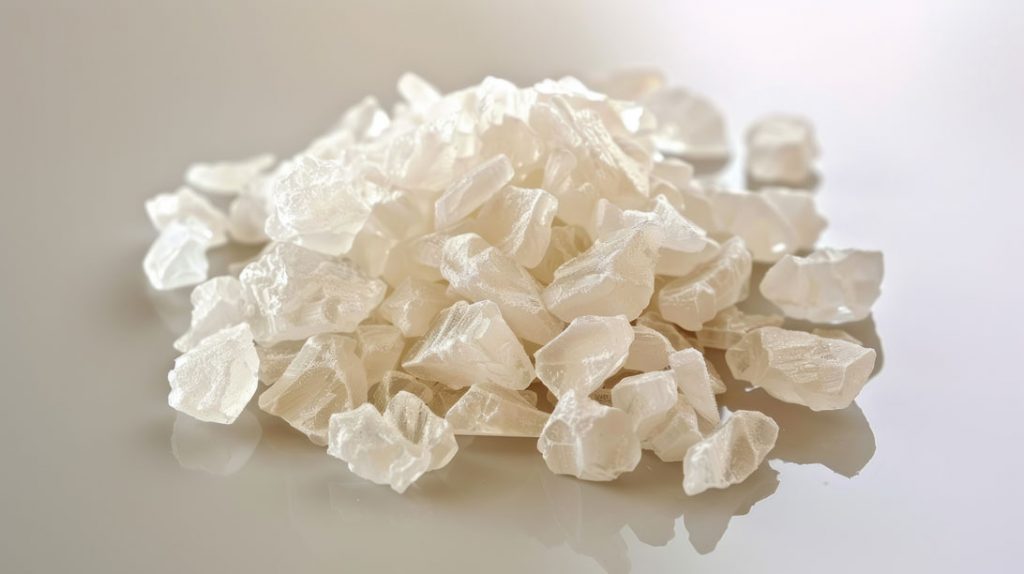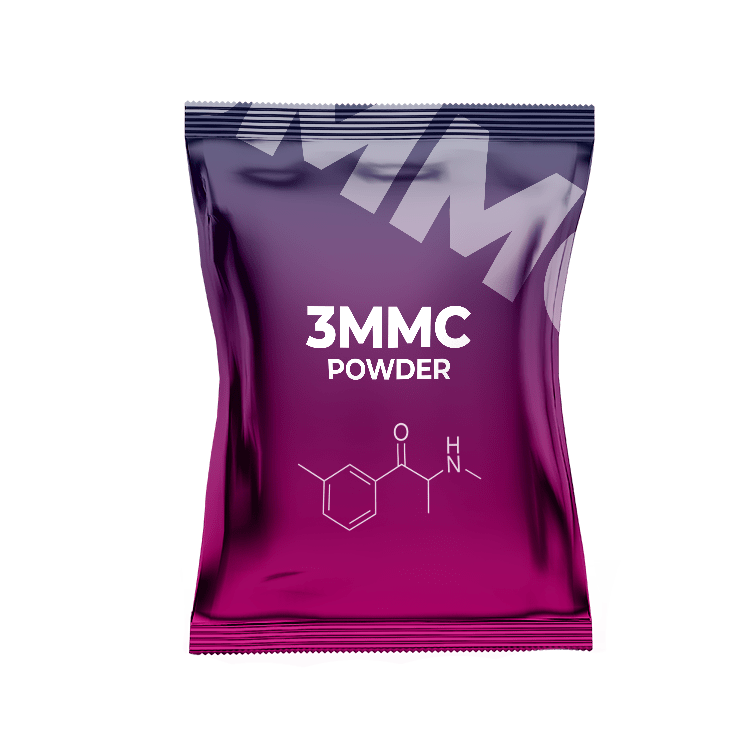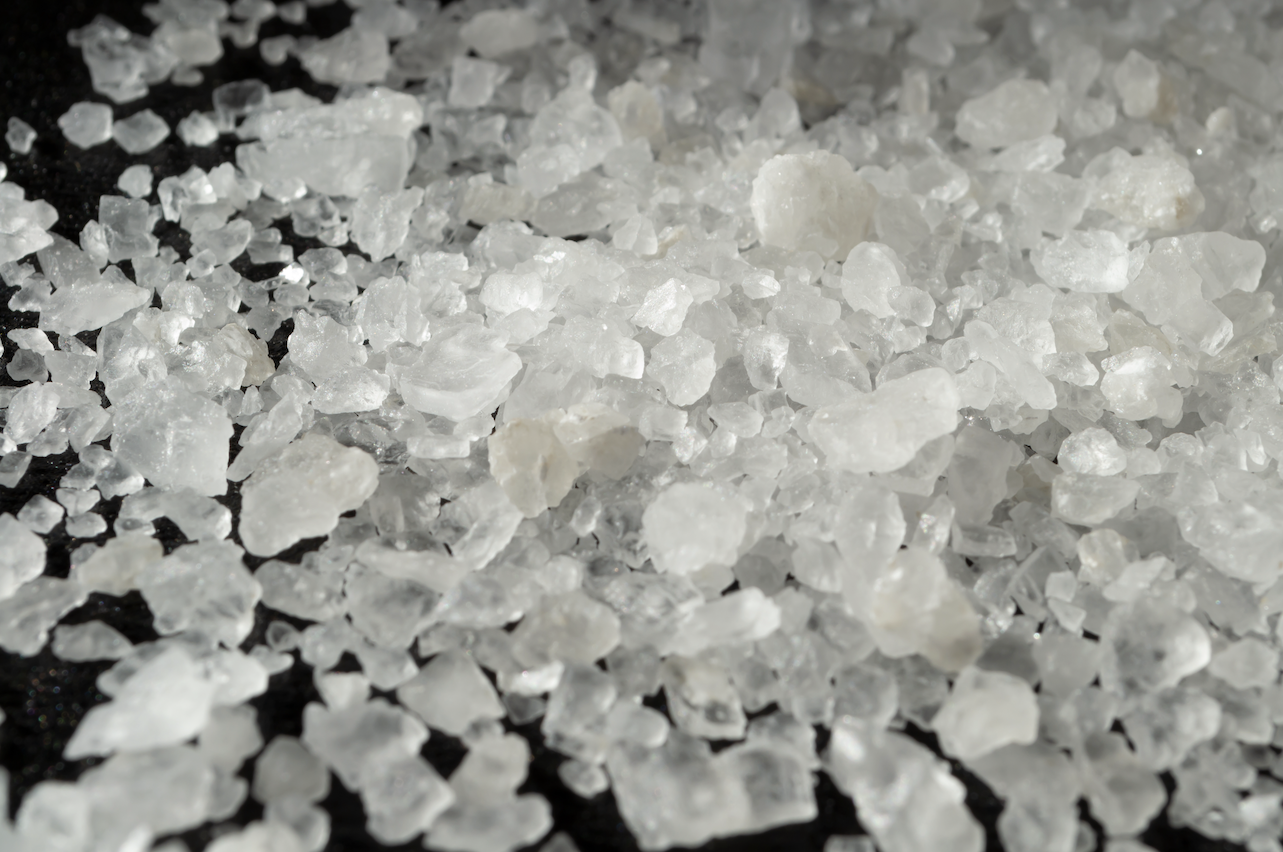Media plays a significant role in shaping public perception especially when it comes to controversial topics like bath salts. This article explores how media coverage influences the way society views bath salts from sensationalized headlines to the framing of scientific facts. We will delve into the psychological social and cultural impacts of media narratives providing a comprehensive understanding of this complex issue. Whether you’re looking to 3mmc buy online or simply curious about the topic this article will offer valuable insights.
- Media Sensationalism and Bath Salts
- Framing Science: How Media Distorts Facts
- Cultural Impact of Media Narratives
- Psychological Effects on Public Perception
- The Role of Media Responsibility
How Media Influences the Perception of Bath Salts
Media Sensationalism and Bath Salts
Media sensationalism has long been a tool for capturing public attention and bath salts are no exception. The term “bath salts” refers to a group of synthetic cathinones which are chemically similar to amphetamines. However media coverage often exaggerates their effects leading to widespread fear and misunderstanding. For instance headlines frequently describe bath salts as “zombie drugs” or “cannibal drugs linking them to extreme and rare cases of violent behavior.
This sensationalism creates a distorted image of bath salts, overshadowing the nuanced reality. While these substances can indeed be dangerous, the media’s focus on extreme cases ignores the broader context of drug use and addiction. By amplifying fear, the media not only misinforms the public but also influences policy decisions, often leading to overly punitive measures rather than evidence-based solutions.
For example, the 2012 Miami zombie attack” case where a man allegedly under the influence of bath salts attacked another person became a media sensation. While the incident was tragic it was also an outlier. Yet the media’s portrayal of bath salts as inherently violent substances has persisted shaping public opinion and policy for years.

Such sensationalism also affects individuals who use bath salts recreationally. The stigma created by media coverage can discourage people from seeking help fearing judgment or legal repercussions. This highlights the need for more balanced and accurate reporting on the topic.
Framing Science: How Media Distorts Facts
Scientific research on bath salts is often complex and nuanced but media coverage tends to simplify or distort these findings. For instance studies on the pharmacological effects of synthetic cathinones are frequently misrepresented with media outlets cherry-picking data to fit sensational narratives. This not only misleads the public but also undermines the credibility of scientific research.
One common distortion is the conflation of bath salts with other substances. Media reports often fail to distinguish between different synthetic cathinones lumping them together under the umbrella term “bath salts.” This oversimplification ignores the varying effects and risks associated with different compounds leading to a one-size-fits-all perception that is far from accurate.
Moreover the media often highlights the most extreme outcomes of bath salt use such as psychosis or death while ignoring the broader spectrum of effects. This selective reporting creates a skewed understanding of the risks making it difficult for the public to make informed decisions. For example while bath salts can indeed cause severe health issues they are not uniformly lethal and many users do not experience the extreme effects portrayed in the media.
This distortion of scientific facts has real-world consequences. It influences public policy healthcare practices and even the way individuals perceive their own experiences with bath salts. By prioritizing sensationalism over accuracy the media perpetuates a cycle of misinformation that hinders progress in addressing the issue effectively.
Cultural Impact of Media Narratives
The cultural impact of media narratives on bath salts is profound. Media coverage not only shapes public opinion but also influences cultural attitudes and behaviors. For instance the portrayal of bath salts as “zombie drugs” has permeated popular culture appearing in movies TV shows and even memes. This cultural representation reinforces the media’s sensationalist narrative making it difficult to separate fact from fiction.
One notable example is the 2013 film “Bath Salt Zombies which capitalized on the media’s sensationalist portrayal of bath salts. While the film is a work of fiction, it reflects and amplifies the cultural narrative surrounding these substances. This cultural reinforcement further entrenches the stigma associated with bath salts, making it harder for individuals to seek help or for society to address the issue constructively.
Moreover, the cultural impact of media narratives extends to language and discourse. Terms like zombie drug” or “cannibal drug” have entered the public lexicon shaping the way people talk about and think about bath salts. This linguistic framing influences not only public perception but also policy and healthcare practices often leading to punitive rather than rehabilitative approaches.

In this context it’s crucial to recognize the power of media in shaping cultural narratives. By perpetuating sensationalist and stigmatizing portrayals the media contributes to a culture of fear and misunderstanding which ultimately hinders efforts to address the issue effectively.
Psychological Effects on Public Perception
The psychological effects of media coverage on public perception of bath salts are significant. Media narratives can evoke strong emotional responses such as fear anger or disgust which shape how people view these substances. This emotional framing influences not only individual attitudes but also collective behavior including policy decisions and social interactions.
One psychological phenomenon at play is the “availability heuristic where people judge the likelihood of an event based on how easily they can recall examples of it. Media coverage of extreme cases of bath salt use makes these incidents seem more common than they actually are, leading to an inflated perception of risk. This cognitive bias can result in overreactions, such as support for harsh drug policies or stigmatization of users.
Another psychological effect is the confirmation bias where people seek out information that confirms their preexisting beliefs. Media coverage that aligns with existing fears or stereotypes about bath salts reinforces these beliefs, making it difficult for individuals to accept alternative perspectives or evidence. This creates a feedback loop where sensationalist media coverage perpetuates and amplifies existing biases.
These psychological effects have real-world implications. They influence public policy, healthcare practices, and even interpersonal relationships. For example, the stigma created by media coverage can discourage individuals from seeking help, fearing judgment or legal repercussions. This highlights the need for more balanced and accurate reporting, which can help mitigate these psychological effects and promote a more informed public discourse.
The Role of Media Responsibility
Given the significant impact of media coverage on public perception the role of media responsibility cannot be overstated. Journalists and media outlets have a duty to report accurately and ethically especially on complex and sensitive topics like bath salts. This includes providing context avoiding sensationalism and prioritizing evidence-based reporting.
One way to promote media responsibility is through education and training for journalists. By equipping reporters with the knowledge and skills to understand and communicate complex scientific information media outlets can improve the quality of their coverage. This includes understanding the nuances of drug pharmacology the social determinants of drug use and the importance of harm reduction strategies.
Another important aspect of media responsibility is the inclusion of diverse perspectives. This means giving a voice to individuals who use bath salts healthcare professionals and researchers rather than relying solely on sensationalist anecdotes or law enforcement perspectives. By providing a more balanced and comprehensive view the media can help counteract the stigma and misinformation surrounding bath salts.

Ultimately media responsibility is about prioritizing the public good over sensationalism. By adopting a more ethical and informed approach to reporting the media can play a crucial role in shaping a more accurate and compassionate public discourse on bath salts and other controversial topics.
In conclusion the media’s influence on the perception of bath salts is profound and multifaceted. From sensationalism to the distortion of scientific facts media coverage shapes public opinion cultural attitudes and even policy decisions. By recognizing the power of media narratives and advocating for more responsible reporting we can work towards a more informed and balanced understanding of this complex issue. If you’re interested in learning more about related substances you can visit the 3mmc shop for further information.

















